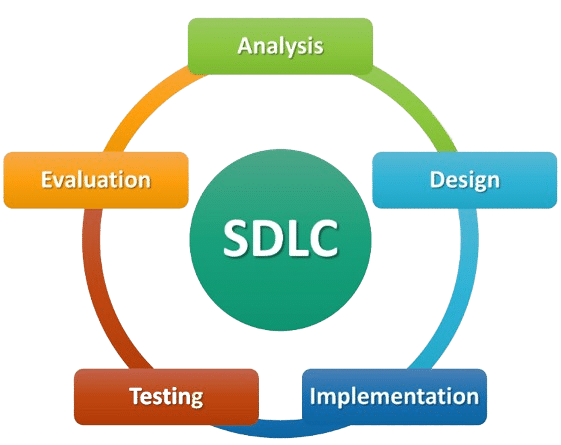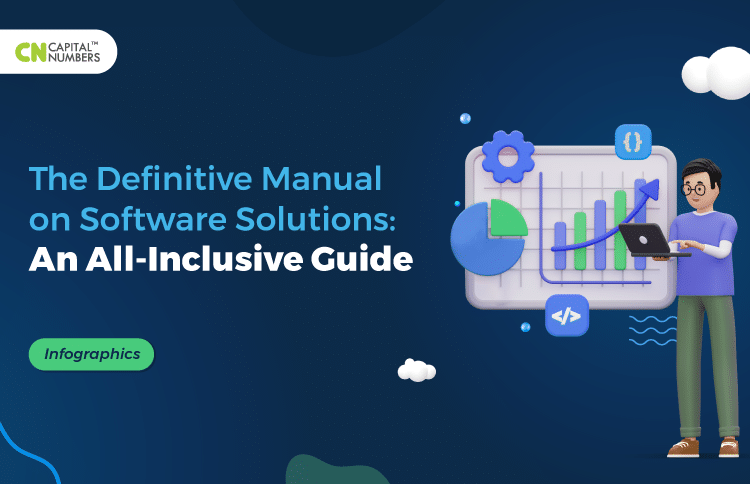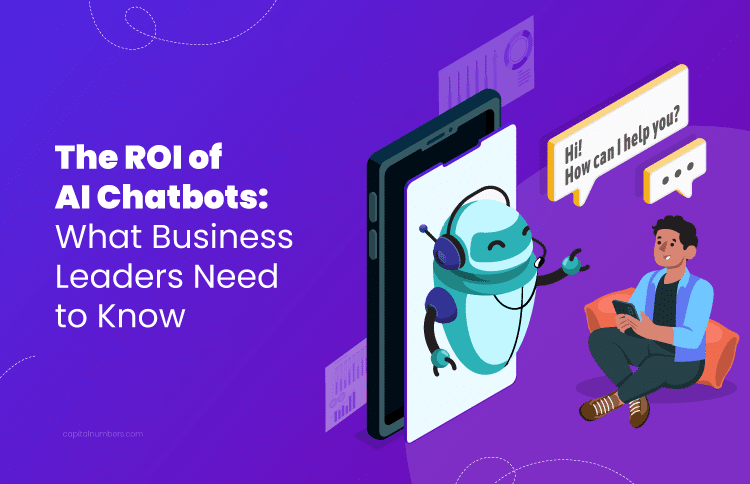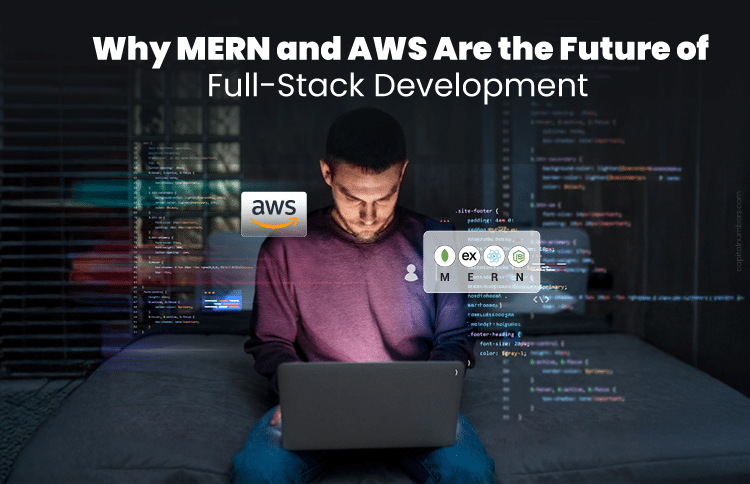The Definitive Manual on Software Solutions: An All-Inclusive Guide
Table of Contents
In the ever-evolving digital landscape, software solutions have emerged as the driving force behind successful businesses. From streamlining operations to revolutionizing customer experiences, these solutions have become indispensable in our technology-driven world. According to Statista, global IT spending is projected to reach around 4.6 trillion U.S. dollars in 2023, a 5.5 percent increase in 2022 spending.
And if you haven’t even invested in software solutions, you’re way behind the race. If the vast array of options and technical jargon makes it difficult to understand the technicalities and, ultimately, affects your decision to build software, this guide will help you. Here, we will delve into the fundamentals of software solutions, explore their components and architecture, discuss key elements of successful solutions, and provide insights into selecting the right software for your business needs. Let’s get started.
1. Fundamentals of Software Solutions
1.1. Definition and Characteristics of Software Solutions
According to the Institute of Electrical and Electronic Engineers (IEEE), software is a ‘collection of computer programs, procedures, rules, and associated documentation and data.’ It has no mass, volume, or color, making it a non-degradable entity over a long period.
Software is judged on a different basis. But the common characteristics are classified into six major components.
- Functionality: The degree of performance of the software against its intended purpose.
- Reliability: The software can provide desired functionality under the given conditions.
- Usability: The extent to which the software can be used with ease.
- Efficiency: The software’s ability to use system resources effectively and efficiently.
- Maintainability: The ease with which the software modifications can be made to extend its functionality, improve its performance, or correct errors.
- Portability: The ease with which software developers can transfer software from one platform to another without (or with minimum) changes.
1.2. Components and Architecture of Software Solutions
The components and architecture of software solutions play a crucial role in their functionality and effectiveness. Here’s an explanation of these aspects:
Ⅰ. Components of Software Solutions:
Components are the building blocks of a software solution, each serving a specific purpose. Here are some standard components:
- Databases: Software solutions often rely on databases to store and manage data efficiently. Databases allow for structured storage, retrieval, and manipulation of information.
- User Interfaces: User interfaces enable users to interact with the software solution. They can be graphical interfaces (GUIs) with buttons, menus, and forms or command-line interfaces (CLIs) that use text commands.
- Algorithms: Algorithms are instructions that define the logic and processes behind specific tasks the software solution performs. They determine how data is processed, transformed, or analyzed.
- Modules: Modules are self-contained units of code that perform specific functions within the software solution. They can be reusable components that contribute to the overall functionality of the solution.
Ⅱ. The Architecture of Software Solutions:
The architecture of a software solution refers to its overall design and organization. It determines how the components interact and work together to achieve the desired functionality. Here are some common architectural patterns:
- Layered Architecture: In a layered architecture, the software solution is divided into layers, and each layer is responsible for a specific set of tasks. For example, a web application may have layers for presentation, business logic, and data access.
- Client-Server Architecture: The software solution consists of two main components: the client and the server. The client, such as a web browser or mobile app, interacts with the server to request and receive data or perform specific tasks.
- Microservices Architecture: Microservices architecture breaks down a software solution into small, independent services that can be developed, deployed, and scaled independently. Each service focuses on a specific business capability and communicates with other services through APIs.
- Event-Driven Architecture: The software solution responds to events or messages in an event-driven architecture. Events can trigger actions or processes within the solution, allowing for asynchronous and loosely coupled communication between components.
- Service-Oriented Architecture (SOA): SOA involves designing the software solution as a collection of services communicating with each other. Services are self-contained and can be reused across different applications or systems.
1.3. Key Elements of a Successful Software Solution
To ensure the success of a software solution, several key elements need to be considered, including:
- Usability: The software solution should be intuitive and user-friendly, allowing users to interact with it easily and perform tasks without confusion or frustration.
- Scalability: A successful software solution should accommodate increasing demands as the user base or data volume grows. It should be able to scale horizontally (adding more servers) or vertically (increasing resources on a single server) to handle higher workloads effectively.
- Performance Optimization: Performance optimization ensures that the software solution operates efficiently and delivers responsive results.
- Security: Implementing robust security measures, such as encryption, secure authentication, access controls, and data validation, helps protect sensitive information from unauthorized access, breaches, and other security threats.
- Reliability: A successful software solution should minimize downtime, system failures, and errors to ensure uninterrupted operation.
- Maintainability: Software solutions need to be maintainable for long-term success. Regular maintenance, bug fixing, and timely updates are essential to address issues and improve the solution.
2. Types of Software Solutions
Various software solutions are available to cater to different needs and requirements. Here are some common types of software solutions:
- Off-the-Shelf Software Solutions: Off-the-shelf software solutions are pre-built and readily available for purchase or download. These solutions are developed to address common needs and requirements across different industries.
- Custom-Built Software Solutions: Custom-built software solutions are designed and developed to meet a particular organization’s or individual’s unique needs. These solutions are tailored to match specific workflows, processes, and business requirements.
- Open-Source Software Solutions: Open-source software solutions provide access to the source code, allowing users to study, modify, and distribute the software freely. This collaborative approach encourages community involvement, improvement, and customization.
- Cloud-Based Software Solutions: Cloud-based software solutions are hosted and accessed over the internet, eliminating the need for local installation and infrastructure maintenance. These solutions offer flexibility, scalability, and cost efficiency.
- Enterprise Software Solutions: Enterprise software solutions are designed to cater to the needs of large organizations or enterprises. These solutions often provide comprehensive features and functionalities to support complex business operations.
- Mobile App Solutions: Mobile app solutions are designed for mobile devices like smartphones and tablets. These solutions leverage the unique features of mobile platforms, such as touch interfaces, location services, and camera capabilities.
3. The Software Development Life Cycle (SDLC)

The software development lifecycle (SDLC) is a structured approach outlining the processes and phases of developing software. Here are the typical phases of the software development lifecycle:
- Requirements Gathering: In this phase, the project team identifies and documents the software requirements by gathering information from stakeholders, users, and domain experts. It helps define the software solution’s scope, objectives, and functional specifications.
- Design and Planning: The design and planning phase involves creating the architectural design, system architecture, and detailed technical specifications based on the gathered requirements. It also includes creating a development plan, resource allocation, and scheduling.
- Development: The development phase focuses on writing the code and building the software solution according to the design specifications. Programmers, software engineers, and developers work together to develop the required features and functionalities.
- Testing: In the testing phase, the software solution undergoes various types of testing, such as unit testing, integration testing, system testing, and acceptance testing. It ensures that the software functions as intended meets the requirements, and is free from defects and errors.
- Deployment: After successful testing, the software solution is deployed to the production environment or made available to users. It involves installation, configuration, data migration, and any necessary training or documentation to ensure a smooth transition to the new software.
- Maintenance: Once deployed, the software enters the maintenance phase. It involves monitoring, bug fixing, performance optimization, security updates, and enhancements based on user feedback and changing requirements. Also, it aims to keep the software reliable, secure, and up-to-date.
Communication, collaboration, and documentation are essential for effective project management and successful software solution delivery throughout the software development lifecycle. The SDLC helps develop the software systematically, focusing on quality, user satisfaction, and aligning with business goals.
4. Selecting the Best Software Solution for Your Business
Choosing the best software solution for your business is a critical decision that can significantly impact your operations and success. With numerous options available in the market, it is essential to follow a systematic approach to identify the solution that aligns with your needs and requirements. By evaluating factors such as functionality, scalability, user experience, cost, vendor reputation, and user feedback, you can make an informed decision that maximizes the benefits and value of your business. Let’s explore the key points to consider when selecting the best software solution for your business.

5. Software Development Trends in 2023 and Beyond
As user behavior and emerging technologies constantly evolve, businesses face the challenge of keeping up with the latest software development technologies to meet market demands. The software development industry is rapidly changing, and it’s important to understand how trends in software development will shape up in 2023 and beyond. Let’s find out.
1. Cloud Computing
Cloud computing is a perfect tool for companies that are ready to shift their work model to the ‘new normal’.
It provides remote teams the necessary infrastructure, storage, and software apps to collaborate effectively and access resources from anywhere. Also, it offers the flexibility to scale resources up or down as per the organization’s need, removing the need for on-premises infrastructure. And thus, it enables remote workers to access and share data easily.
2. Progressive Web Apps
Another trend that will reign the market. PWAs combine the features of web and mobile apps, providing businesses with a powerful tool to engage users and drive customer satisfaction. Delivering a seamless, app-like experience across devices and platforms, it eliminates the need for users to download and install traditional mobile apps, reducing friction and improving accessibility.
This ease of use translates into higher user retention rates, better engagement, and improved business outcomes. Also, PWAs can be developed and deployed more efficiently compared to native apps, resulting in cost savings for businesses.
3. DevSecOps Approach
DevSecOps is an extension of the DevOps methodology that strongly emphasizes integrating security practices throughout the entire software development lifecycle. By making security an integral part of the development process, organizations can proactively identify and mitigate vulnerabilities, reduce the likelihood of security breaches, and safeguard sensitive data.
This approach encourages collaboration between development, operations, and security teams, fostering a shared responsibility for ensuring the security of software systems. Through continuous monitoring, automated security testing, and code analysis, DevSecOps ensures that security measures are implemented early and consistently, creating a more robust and secure software environment.
4. Artificial Intelligence
With the rise of emerging technologies, mobile applications have undergone significant transformations compared to a decade ago. One notable trend in software development to watch in 2023 is the increasing prevalence of AI-powered interactions.
Voice recognition and response systems, driven by natural language processing (NLP) technology advancements, are set to become a standard feature across devices. This progress enables conversations with machines closely resembling human interactions, enhancing user experiences and opening new possibilities for seamless human-computer communication.
5. Low-code & No-code Development
Statistics indicate that low-code and no-code development platforms can significantly reduce mobile app development time by up to 90%. As a result, this emerging trend has captured the curiosity of numerous businesses looking to embrace it in 2023.
Moreover, the revenue forecast for this trend is quite promising, with projections indicating a growth of 65% from 2024 to 2030, reaching a staggering $187 billion. This indicates that companies can swiftly create prototypes and minimum viable products (MVPs) without requiring extensive resources or effort.
Adopting low-code and no-code development platforms offers an efficient and effective solution for businesses seeking rapid application development and innovation.
Besides, the use of 5G technology, the rise of cross-platform app development, the expansion of IoT, Augmented Reality (AR) in the E-commerce industry, Virtual Reality (VR), cyber security, Machine Learning (ML), Internet of Behavior (IoB), etc., are also some latest trends in the software development that will help you stay ahead of the curve in the industry.
Also read: How Do Custom Software Solutions Help Startups to Grow?
Bottom Line
In this tech-driven world, staying competitive is a big challenge for businesses. And to do so, a complete understanding of software solutions and building software/s as per your business needs is a must for you. You can make informed decisions and optimize your software capabilities by comprehending the fundamentals, components, architecture, and key elements of successful solutions.
Are you looking for a software solutions company in India? Choose Capital Numbers, an award-winning company offering custom software solutions with expert developers. Want to get their services? Book a call today!















